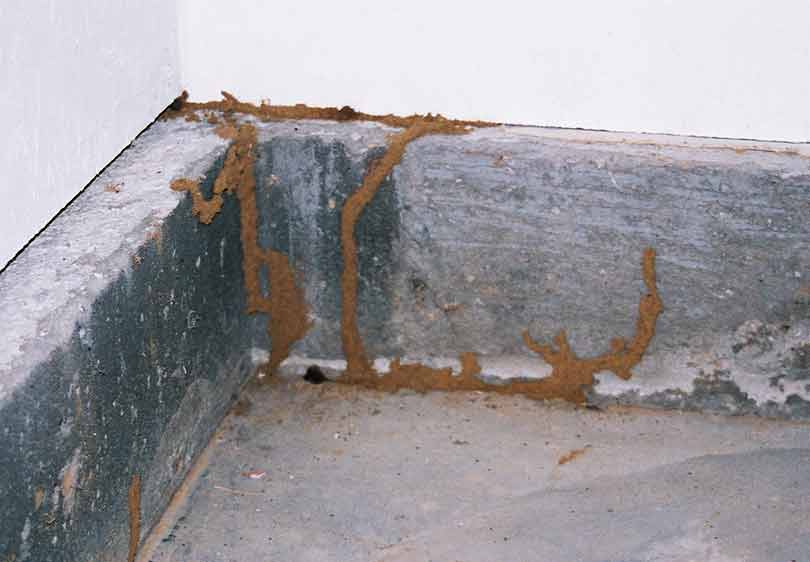Approaches in Vole Control Utah: What Functions Best?
Approaches in Vole Control Utah: What Functions Best?
Blog Article
Effective Pest Control Solutions for Vole Infestations

In the realm of insect control, vole invasions offer a special difficulty that requires a tactical method. By delving right into the intricacies of vole behavior and discovering an array of control approaches, a detailed bug administration plan customized to these evasive creatures can be crafted. From natural repellents to cutting-edge capturing methods, the arsenal versus vole problems is multi-faceted.
Comprehending Vole Behavior
Voles, tiny rats typically found in areas and gardens, exhibit distinct habits patterns that are important to understand when applying bug control steps - vole control utah county. These animals are prolific miners, creating a comprehensive network of passages underground where they nest, store food, and look for shelter from killers and harsh climate. Voles are herbivores and mostly feed on yards, light bulbs, roots, and seeds, making yards and fields excellent habitats for them
One trick habits of voles is their quick rate of recreation. Females can offer birth to several clutters every year, with clutter sizes ranging from 3 to six puppies. This high reproductive ability allows vole populaces to quickly increase, bring about invasions if left unchecked.
Comprehending vole actions also includes identifying their patterns of movement and foraging. Voles develop surface runways in grassy locations as they take a trip between their burrows and food sources. By observing these runways and the places of burrow entries, pest control experts can determine high-traffic locations and purposefully area traps or deterrents to successfully handle vole populations.
All-natural Repellents and Deterrents
With an understanding of vole behavior as a foundation, exploring all-natural repellents and deterrents comes to be essential in effectively taking care of vole problems in fields and gardens. In addition, including predator urine, such as that of foxes or coyotes, around the garden border can develop an all-natural barrier that signals danger to voles, urging them to remain away.
Additionally, utilizing castor oil-based repellents can interfere with vole tunnels as they locate the smell and preference unpleasant, prompting them to move. Mulching with products like crushed rock, lava rocks, or coarse sand can likewise deter voles as they dislike excavating through these harsh substances. Applying a combination of these natural repellents and deterrents can aid efficiently take care of vole populations in a sustainable and safe manner, securing plants and gardens from vole damage.
Capturing Techniques for Voles

Break traps are designed to eliminate voles instantaneously upon activation. These traps need to be put in areas where voles are recognized to travel, such as close to burrow entryways or along their paths. It is important to check snap traps regularly and get rid of any type of caught voles promptly to make certain the efficiency of the capturing process.
Live catches are a much more gentle alternative for those who desire to capture voles without damaging them. Once a vole is captured in a real-time trap, it can be securely carried to a various location and launched unscathed. Live traps must be checked often to stop anxiety or injury to the captured voles.
When setting catches for voles, it is essential to consider their habits and behaviors to enhance the likelihood of success (best visit site vole pest control). By making use of the appropriate trapping methods, vole populaces can be effectively handled, minimizing the damages they create to agricultural and garden areas
Implementing Physical Barriers
To additionally strengthen the protection versus vole infestations, the tactical application of physical obstacles becomes an aggressive action to safeguard agricultural and garden locations. Physical obstacles such as cable mesh, equipment towel, or fencings can be mounted below ground to stop voles from burrowing into areas or yards. Burying these obstacles at the very least 12 to 18 inches deep and angling them outward can successfully discourage voles from tunneling right into the secured location. In addition, creating fencings with tiny mesh dimension at the base can impede the voles' capability to access the plants above ground level.
Moreover, the usage of tree guards or trunk covers made from metal or plastic can protect tree trunks from vole damages throughout winter season when other food resources are limited. These guards ought to extend over the anticipated snow line to avoid voles from gnawing on the bark. Regular inspection and upkeep of these barriers are necessary to ensure their proceeded efficiency in deterring vole breaches and securing valuable plants and plants.
Integrated Insect Management Approaches
Incorporating numerous pest control methods, consisting of biological controls, environment manipulation, and surveillance, forms the basis of reliable Integrated Insect Monitoring techniques for This Site dealing with vole problems. Organic controls entail introducing natural killers of voles, such as serpents or owls, to the afflicted location to help in reducing vole populations. Habitat adjustment focuses on changing the environment to make it much less favorable for voles, such as decreasing ground cover or removing food sources. Tracking plays an important duty in Integrated Pest Administration by enabling the early discovery of vole infestations and evaluating the performance of control methods employed.
Final Thought
In final thought, reliable parasite control solutions for vole infestations involve comprehending vole habits, using all-natural repellents and deterrents, implementing trapping methods, and setting up physical barriers. Integrated insect administration approaches can additionally be used to resolve vole infestations comprehensively. By combining these methods, residential or commercial property owners can effectively reduce and manage vole populaces without the demand for too much chemical use.
With an understanding of vole habits as a foundation, exploring natural repellents and deterrents becomes important in this effectively managing vole problems in areas and gardens. Implementing a mix of these all-natural repellents and deterrents can assist efficiently manage vole populaces in a sustainable and non-toxic fashion, securing crops and yards from vole damage.
Integrating various parasite control techniques, including organic controls, habitat adjustment, and tracking, forms the basis of reliable Integrated Bug Administration strategies for resolving vole invasions. Biological controls entail introducing all-natural predators of voles, such as snakes or owls, to the damaged area to aid minimize vole populations (vole control service).In verdict, effective parasite control services for vole problems include recognizing vole behavior, making use of natural repellents and deterrents, applying capturing strategies, and setting up physical obstacles
Report this page